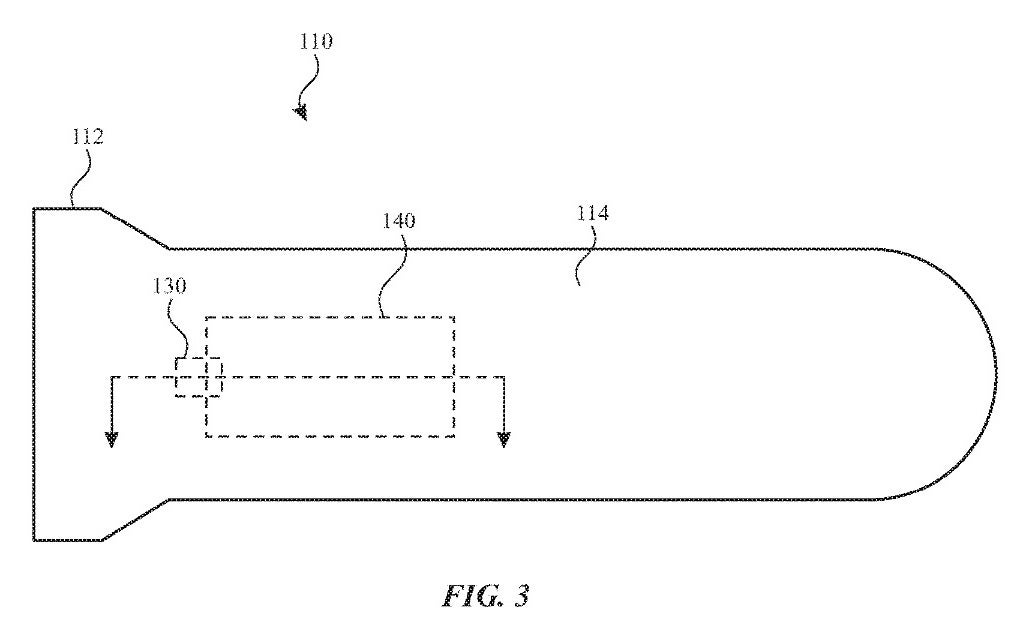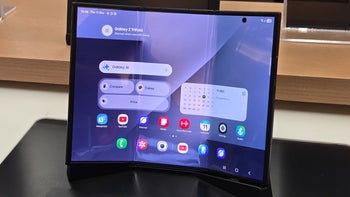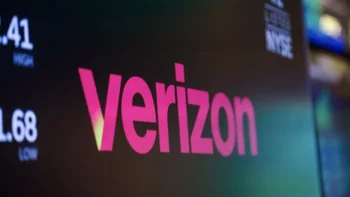Patent filing hints at in-display Touch ID for the Apple Watch

A patent application filed last year by Apple and published last Thursday by the U.S. Patent and Trademark Office (via PatentlyApple) indicates that Apple is working on a way to include Touch ID on a future Apple Watch. The patent application, titled "Antenna Assemblies For Watch Bands," discusses technology that would allow antennas to be embedded inside a watch band. To maintain the comfort of the wearer, the antenna would be able to bend, stretch and flex.
The antenna in the band would connect to the body of the watch and the display could be used "as a touch sensing device, force sensing device, temperature sensing device, and/or a fingerprint sensor." An Apple patent application published earlier this year showed how Apple is working on technology that would employ a user's palm to verify his or her identity, even on the Apple Watch. But the application published last week specifically mentions a fingerprint scanner. While such a feature would certainly help to verify the identity of an Apple Watch wearer, the device already does work with mobile payment service Apple Pay. Instead of using a biometric scanner to verify an Apple Pay transaction, Apple Watch users create a four-digit passcode that is used to prove their identity.
Ever since 2017's Apple iPhone X was released in November of that year, Apple has replaced Touch ID with Face ID for its handsets. But in 2020, things could be different. With many iPhone owners calling for the return of Touch ID, an analyst from Barclays visited Apple's supply chain earlier this year; while there, he claims to have discovered that the 2020 models will include an acoustic in-display fingerprint scanner. That's not to say that Apple is giving up on Face ID. The facial recognition system will still be offered on next year's handsets. Remember, the reason Apple removed Touch ID was to greatly reduce the chin on the iPhone. However, an in-display fingerprint scanner, like the one discussed for future Apple Watch use, would allow Apple to offer two forms of biometric security with next year's iPhone models.
There is one iPhone model expected next year that will rely solely on Touch ID, and that is the iPhone SE 2. Because the latter is expected to use the iPhone 8 design (but sport the same A13 Bionic SoC found on this year's iPhone 11, iPhone 11 Pro and iPhone 11 Pro Max), the home button/Touch ID feature will return.

Apple's patent application for watch bands with embedded antennas mentions the possibility of using an in-display fingerprint scanner for the Apple Watch
The patent was originally filed on May 1, 2018, and while it does mention that embedding flexible antennas into watch bands can open up room inside the watch for an in-display Touch ID feature, the application mostly discusses the use of these antennas to help the Apple Watch communicate wirelessly. For example, the document reads, "...some traditional portable electronic devices, particularly wearable electronic devices, have relatively limited functionality or are only able to perform a specialized set of functions or tasks. It can be desirable to provide a wearable electronics devices (sic), such as a watch, with wireless communication capabilities. The embodiments described herein are directed to a wearable device that provides wireless communication via an antenna within a band of a watch."

Another illustration from the patent application
Of course, the Series 3, Series 4 and Series 5 Apple Watch GPS + Cellular models models can, even without a nearby iPhone, make/take calls, send or receive messages, use Siri to get directions and send iMessages, stream music, use Apple Maps, get the weather, track stock prices, use the Walkie-Talkie feature and more.
Apple certainly appears to be doing a lot of thinking about the bands for the Apple Watch. During the summer, it was awarded a patent for watch bands that come with a camera on one of the straps. The camera can be adjusted on the band to take photos and videos from different angles.
Follow us on Google News












Things that are NOT allowed:
To help keep our community safe and free from spam, we apply temporary limits to newly created accounts: